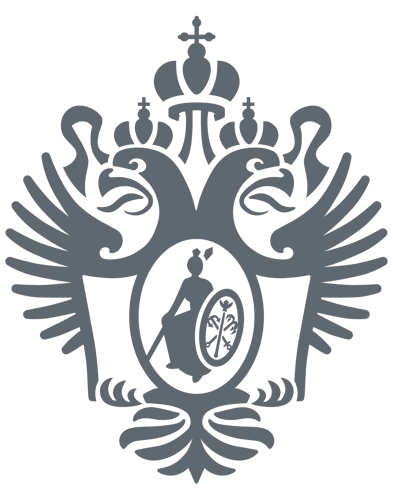World Federation for Culture Collection (WFCC)
Collection of the living cultures of cyanobacteria, algae and algal parasites (CALU) maintained at the Saint-Petersburg State University is one of the largest in Russia, while its division containing photosynthetic microorganisms is one of the largest in the world. This is highly valuable preserved genetic collection of the microorganisms from different areas of the Earth. The collection is used in a broad range of fundamental and applied research in microbiology, as well as with educational purposes.

CALU contains about 1000 regularly subcultured units (strains) maintained in solid or liquid nutritional media.
The collection consists of originally isolated strains and strains transferred from other collections. The original strains have been isolated by the staff of the Laboratory of Microbiology, Biological Research Institute of Leningrad (later Saint-Petersburg) State University (currently Laboratory of Microbiology, Department of Microbiology of the Saint-Petersburg State University) from the habitats in the Antarctic, Kamchatka Penninsula, Kaliningrad region, Siberia, south of Russia, ex-Soviet Union countries, Egypt, Israel, etc. The strains transferred from other collections originate from local and foreign collections, mainly in Great Britain, Germany, USA and Czech Republic.
The collection is being expanded due to isolation of the new strains by staff members and students of the Department of Microbiology as well as transfer of the strains from other collections.
Unlike the majority of the specialized collections, CALU contains members of all major groups of living organisms, except archaeans. Its main part is comprised by the photosynthetic organisms. The core of the collection consists of cyanobacteria and microscopic algae. The other part comprises non-photosynthetic bacteria, protists and microscopic fungi, as well as symbiotic associations of these organisms. Some algal parasites are only kept in the CALU.



